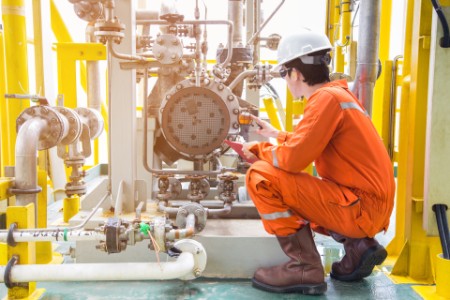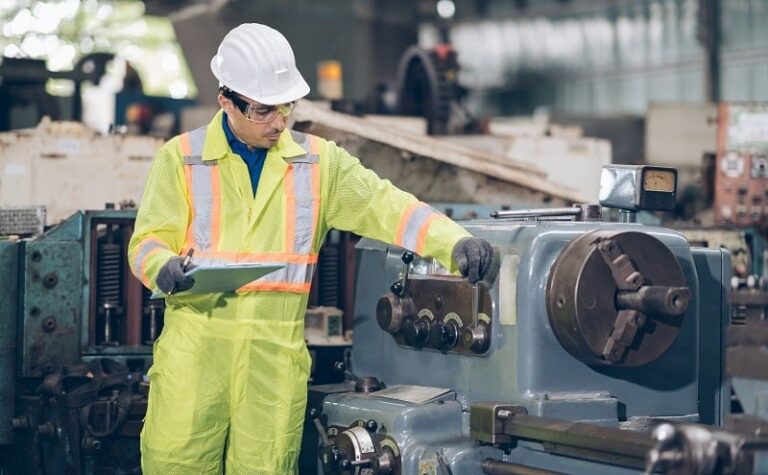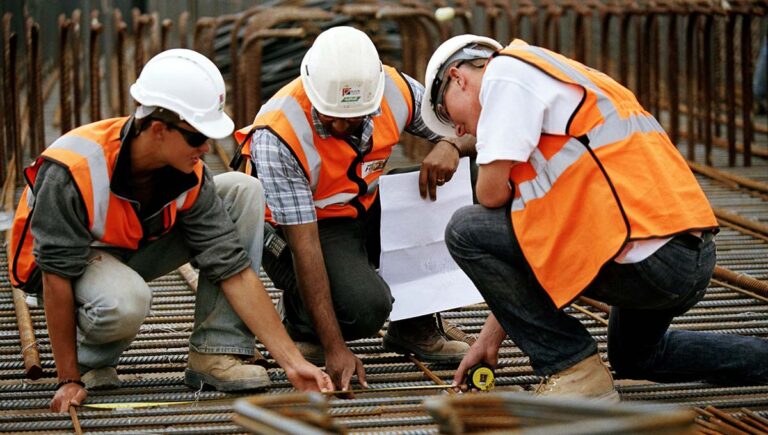Diploma in Mechanical NDT QA/QC
About Course
This course gives engineers the extremely in-depth information they need for both welding inspection and piping inspection tasks. The primary draw of this course is its theoretical and practical components, which include an industry tour. Students are given a certificate that can have their passports authenticated by an embassy, allowing them to travel overseas. They can pursue a variety of designations after completing the course, including Quality Control Engineer and Quality Control Inspector, which helps them to develop a successful career in the Inspection sector.
Who ought to take the course?
Graduates of B.Tech Mechanical programme’s, those with mechanical diplomas, degrees, and experienced candidates that require certification in this area
Who can attend:
10th or above
Course Outcome:
Be a professional in Mechanical NDT with good knowledge in standards and quality.
Job Opportunities:
- QC Inspector
- Supervisor
- QA/QC Engineer
- Site Engineer etc.
Syllabus
- Liquid penetrant testing
- Magnetic particle testing
- Radiographic testing
- Ultrasonic testing
- Piping engineering
- Welding inspection
INTODUCTION TO QA/QC
- Testing
- Testing measures
- Types of testing
- Destructive testing (Methods of DT, advantages, disadvantages, methods of DT)
LIQUID PENETRANT TESTING
- Introduction to LPT
- Basic principle
- History
- Advantages & disadvantages
- Introduction to basic steps
- Basic steps
- Charecteristics of penetrant
- Application of penetrant
- Classification of penetrant
- Physicalproperties of penetrant
- Types of penetrant
- Developers
- Classification of developer
- Application of developer evaluation & recording
MAGNETIC PARTICLE TESTING
- Introduction
- History
- Basic principle
- Advantages & disadvantages
- Applications
- Basic steps introduction
- Basic steps (detailed
- Magnetization process
- Right hand thumb rule
- Types of magnetic materials
- Properties of ferromagnetic materials
- Hysterisis loop
- Types of magnetic field
- Methods of circular magnetic field
- Methods of longitudinal magnetic field
- Types of magnetising current
- Magnetic particles
- Application of magnetic particles
- Charecteristics of magnetic particles
- Types of magnetization methods
- Inspection, evaluation & recording
- Demagnetization methods
- Magneticfield measuring instruments
- Video presentation
RADIOGRAPHIC TESTING
- Introduction
- Basic principle
- Advantages & disadvantages
- Basic radiation physics
- Radio active isotopes
- Radio activity
- Activity
- Half life activity after a time period “t”
- Intensity
- Rhm
- Half value thickness
- Intensity after passing through thickness “x”
- Sources of attenuation
- Newtons inverse square law (theory + 1 problem)
- Production of x-ray
- Production of gamma rays
- Geometrical unsharpness
- Derivation to find sfd
- Exposure
- Exposure time
- Image quality indicators
- Different types of radiographic techniques
- Advanced radiography
ULTRASONIC TESTING
- Introduction
- Types of sound waves
- Basic principle of ut
- Transmission of sound waves
- Re & te
- Refraction & snell’s law
- Mode conversion
- Critical angle
- Types of ultrasonic transmission methods
- Generation of ultrasonic sound waves
- Piezo electric effect
- Types of piezo electric transducers
- Types of piezo electric crystal transducers
- Couplant
- Charecteristics of piezo electric transducers
- Charecteristics of ultrasonic beam
- Types of transducers (contact, immersion,angle,tr,focussed)
- E-mat
- Test methods & techniques
- Contact types technique
- Applications of UT
- Data representation in UT ( a scan , b scan, c scan )
- Calibration in UT (dac block, iiw block)
WELDING INSPECTION
- Introduction to welding
- Difference b/w welding & soldering
- Welding process
- Types of weldind passes
- Types of weld joints
- Types of weld (butt& fillet)
- Types of joints
- Butt weld ( labelled diagram )
- Size of butt & fillet weld
- Compound weld
- Different types of welding positions
- Introduction to welding process
- Welding parameters
- Types of welding currents
- Shielded metal arc welding
- Types of electrodes in smaw
- Submerged arc welding
- Tungsten inert gas welding
- Metal inert gas welding
- Video presentation
- Welding imperfections
- Welding defects
- Defectology
PIPING
- Basics of piping
- Piping system
- Piping elements
- Scheduled number
- Pipe sizing
- Classification of pipes
- Manufacturing processes of pipes
- Pipe joints
- Different types of pipe joints
- Pipe fittings
- Elbows
- Tee’s
- O’lets
- Nipple
- Flanges
- Classification of flanges
- Valves
- Classification of valves
- Strainers
- Pipe supports
- Nozzil







